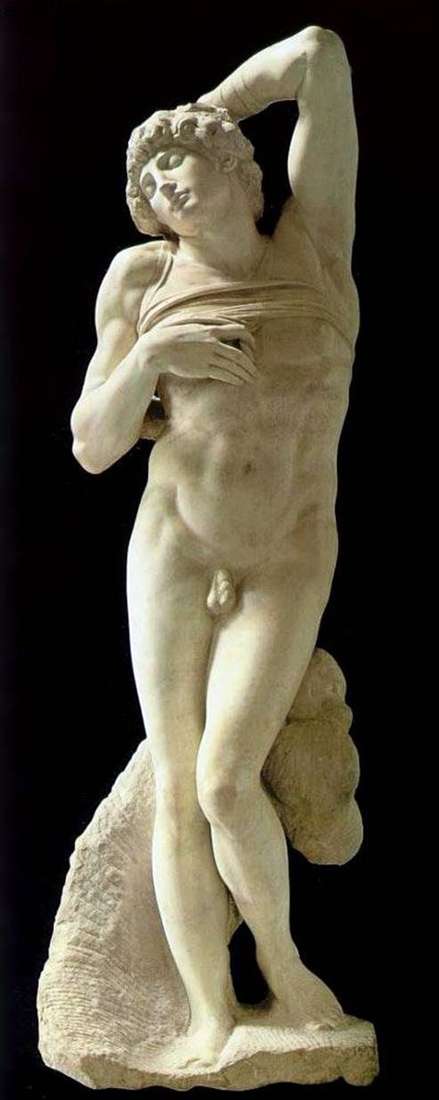
Sculpture by Michelangelo Buonarroti “The Dying Slave”. The height of the sculpture is 229 cm, marble. The main works of Michelangelo in the second decade of the 16th century are associated with work on the tomb of Pope Julius II. After the death of the pope, his heirs signed a contract with Michelangelo to resume work on the tombstone of a more modest size and with fewer statues. For this option, the master made the statues of two prisoners, now in the Louvre, and the statue of Moses.
The images of the Louvre captives “The Dying Slave” and “The Chained Slave” are the clearest evidence that Michelangelo, perhaps the first Renaissance artist, has realized the tragedy of Renaissance Italy. The main theme in his art of this period is the topic of the unsolvable conflict of man and forces hostile to him. The image of the winner, sweeping away all obstacles in his path, is replaced by the image of a hero dying in the fight against the forces opposing him.
The former monolithic nature of a person’s single purpose gives way to a more complex, multifaceted image solution. In the sculpture “The Dying Slave” – a wonderful hero, broken in the struggle for his liberation, the main frontal point of view dominates to a greater extent, but even here the walk through the statue makes it possible to feel the whole inner movement of the image – from the feeling of unbearable agony to the peaceful peace and feeling of spreading over the body of mortal sleep. In addition to the new qualities of figurative and compositional thinking, the Louvre sculptures “The Bound Captive” and “The Dying Slave” give an example of a new sense of plastic form, an unusually lively, tangible and at the same time animated transmission of the human body.
Compared with these statues, the “David” styling may not seem energetic enough, even a little dry. That living plastic element, which, as a precursor, broke through in the youthful “Battle of the Centaurs”, was expressed here in all its power as a characteristic feature of the artistic method of the mature Michelangelo.
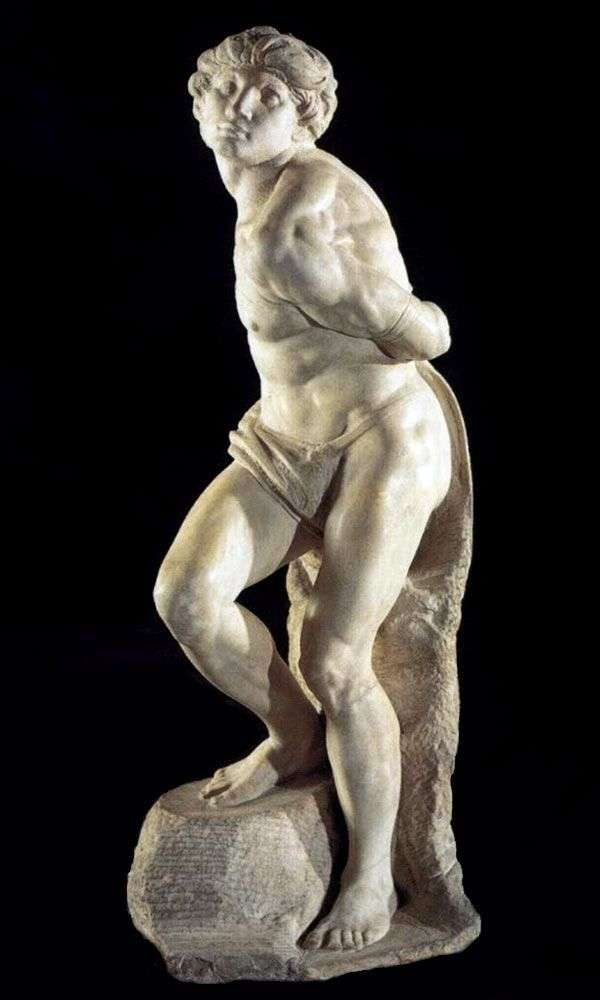 Bound Slave (Sculpture) by Michelangelo Buonarroti
Bound Slave (Sculpture) by Michelangelo Buonarroti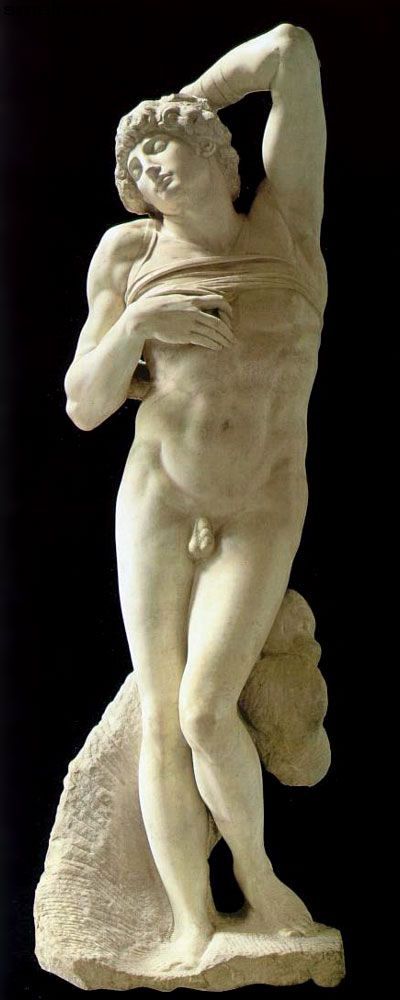 Esclave mourant – Michelangelo Buonarroti
Esclave mourant – Michelangelo Buonarroti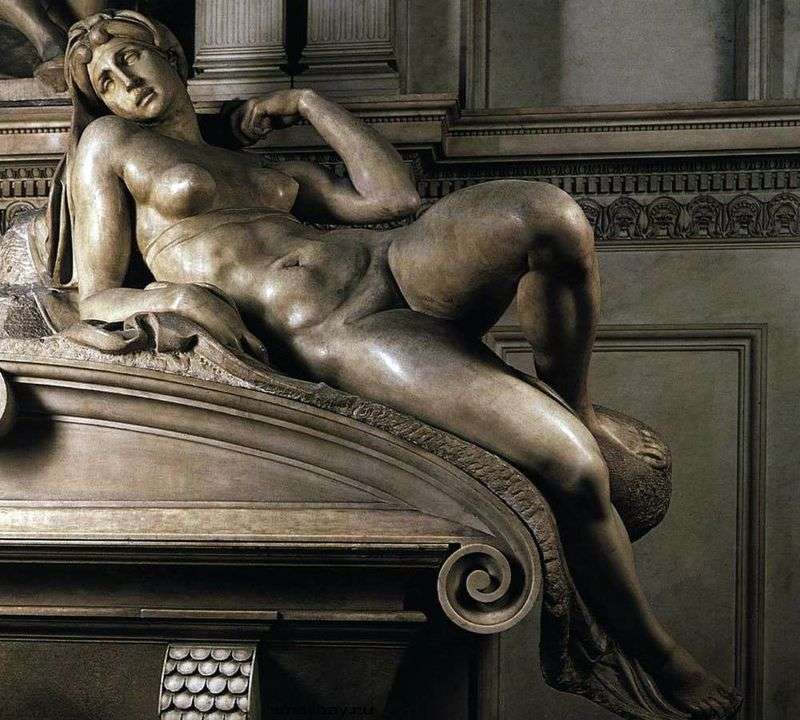 Morning (sculpture) by Michelangelo Buonarroti
Morning (sculpture) by Michelangelo Buonarroti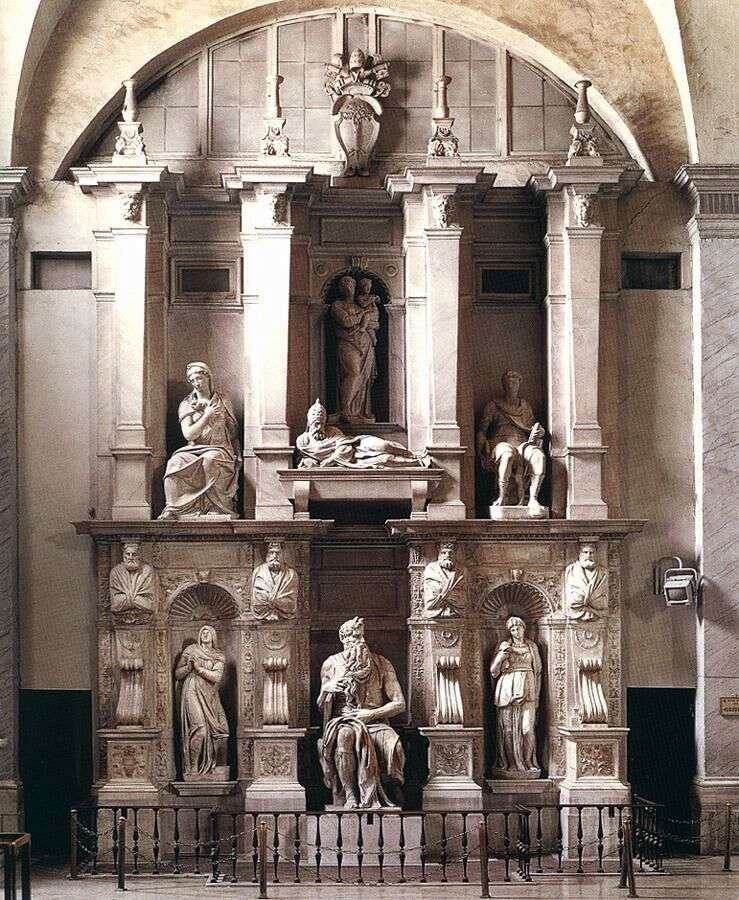 Shrine of Julius II by Michelangelo Buonarroti
Shrine of Julius II by Michelangelo Buonarroti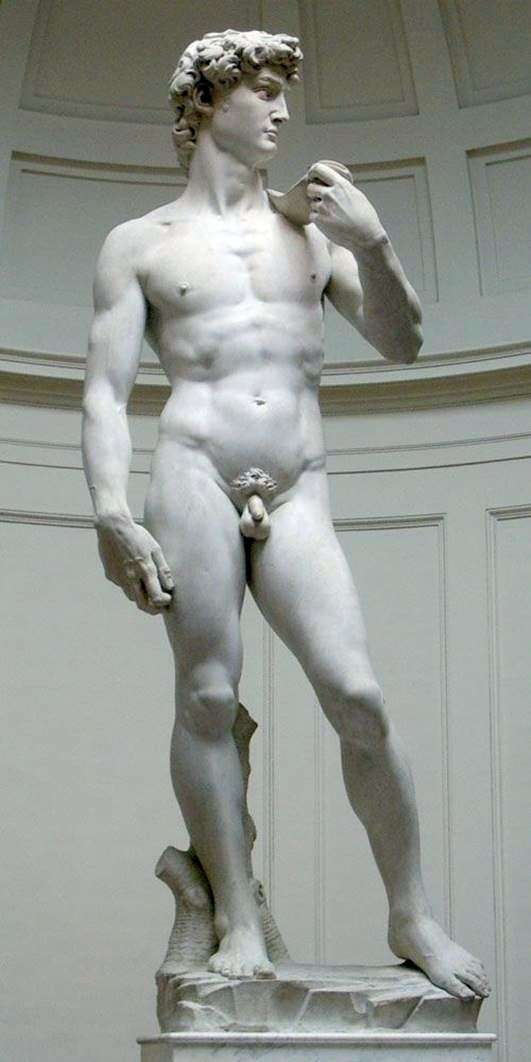 David by Michelangelo Buonarroti
David by Michelangelo Buonarroti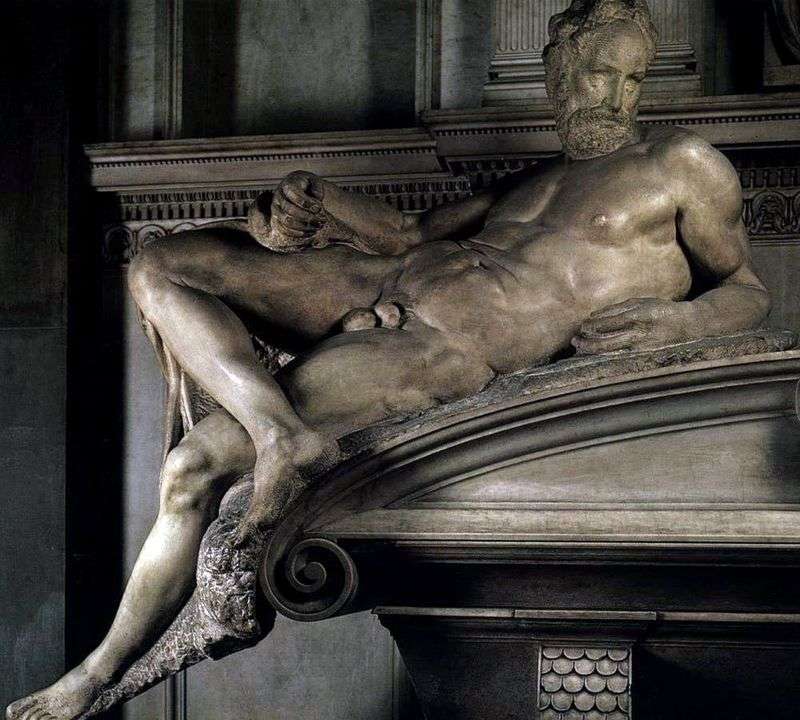 Evening (sculpture) by Michelangelo Buonarroti
Evening (sculpture) by Michelangelo Buonarroti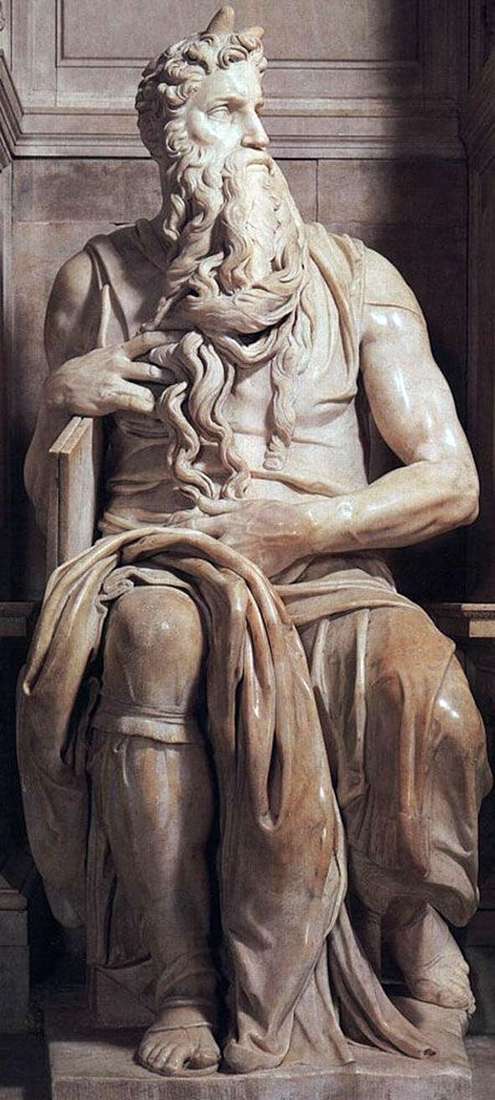 Moses (sculpture) by Michelangelo Buonarroti
Moses (sculpture) by Michelangelo Buonarroti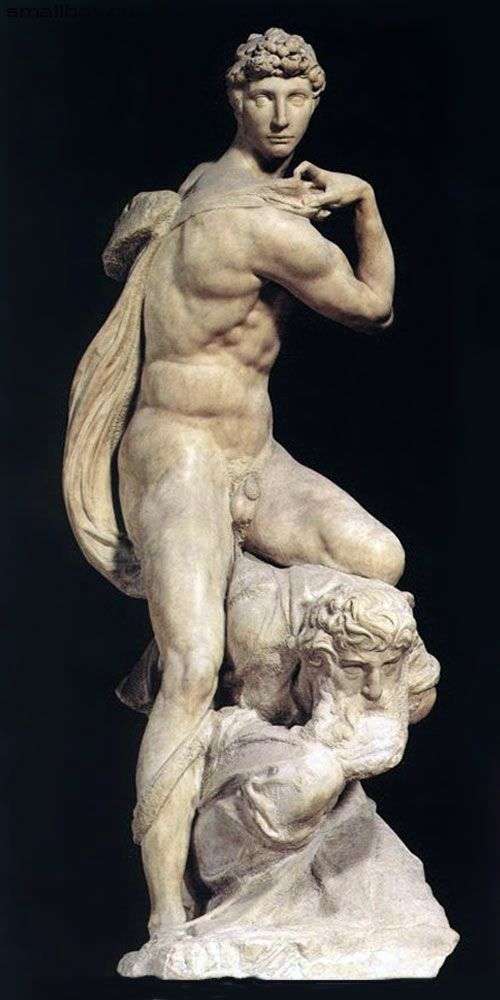 Victory (sculpture) by Michelangelo Buonarroti
Victory (sculpture) by Michelangelo Buonarroti